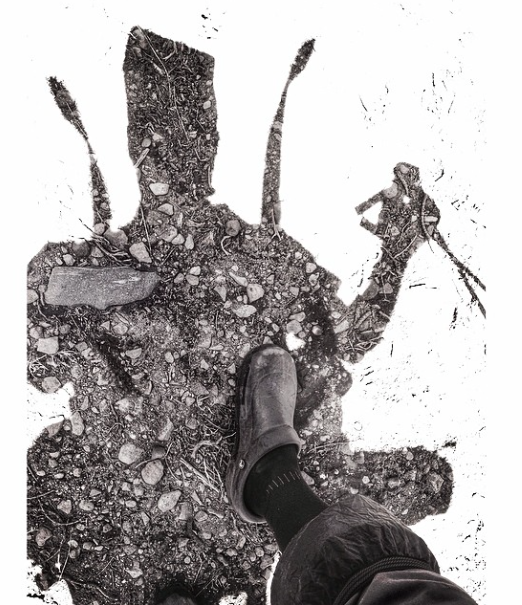
Freeski athlete Forrest Jillson is no stranger to big peaks. Having grown up in Alta, Wyoming, at the base of the Tetons, he has been surrounded by some of the most beautiful ski lines his entire life. This May he attempted to summit and ski Mt. Shasta, a volcano located at the southern end of the Cascade Range in California. At 14,179 ft Shasta is no joke. This was his second attempt and surely not his last. We caught up with him to ask a few questions about his mission…
Mountain Athlete: What was your objective going into the day?
Forrest Jillson: To reach the summit of Mt Shasta solo sometime around sunrise, then hike back down and ski from the start of the snow – a point a few hundred feet below the summit called the red banks. The final approach to the true summit is very gradual, so even though it’s only a few hundred feet in elevation above where I wanted to start my ski down it’s still a long walk and some people prefer to skin the last part.
MA: You encountered some unforeseen obstacles, what happened?
FJ: I anticipated cold temps. I knew approximately what the freezing elevation was, what I didn’t anticipate was how much colder just a few hundred feet above that point would be especially at night. I basically treated Shasta like it wasn’t the 3rd largest peak by prominence and 17th highest in the lower 48. I underestimated it. To summit and ski the route I was planning on taking is not difficult if everything goes to plan which it did not.
MA: Why did you decide you needed to sleep at some point?
FJ: I planned on taking more time than my last attempt a year earlier which included time to sleep. I left the car at 1:30 PM. Made it to Helen Lake (at about 11,500 ft) at 5 PM and decided I had enough energy to make it to the rock outcropping above Helen Lake to rest at 6 PM. Helen lake is a midway point where most people who plan on spending multiple days on Shasta camp. I planned on sleeping until about 1 AM and then climbing from there with the hopes of being near the summit for sunrise. Instead, I slept until about 8:45 PM and woke up with numb fingers. I did a number of windmills and moved around and even tried to carry on with my hike but ultimately decided to be safe and try again next year.
MA: What kind of fuel did you bring with you?
FJ: I loaded up on carbs the day before, ate a large breakfast of eggs and potatoes, and brought with me a few Cliff Bars, 1 pack of jerky, 1 pack of Cliff Bar Shot Blocks, a couple handfuls of cashews, 2 oranges, 2 bananas, one 3/4 liter bottle with a stout mixture of electrolytes, and a homemade rice bowl for my “dinner” as well as 2.5 liters of water. I was planning on cacheing unneeded fuel and gear at my resting point so that I could lighten my pack and have it after my summit. When I almost summited the previous year I made it a few hundred feet from the summit and had to turn back due to lack of energy, not lack of water which is what I was concerned about so this time I made sure to bring plenty of food.
MA: How did you decide to finally turn back and how hard was this decision?
FJ: My decision to turn around was sealed after I had considered every alternative approach to make it to the summit and decided to play it safe. I put on my crampons and tried to hike from my resting point but the snow was still too soft and I was sinking to my knee with each step. Skinning wasn’t going to be an option since the pitch at that point was way too steep. Since my main concern was the dropping temperature, waiting for the snow to freeze was an option, but not one I thought was smart, considering how long that would’ve taken. I brought a sleeping pad and extra layers but should’ve brought a lightweight sleeping bag or tent because once the sun went down and the wind picked up it was much colder than I had anticipated. Knowing that my weather window was very small I knew this was my only chance, the next time I could ski Shasta would be next year. It wasn’t very easy to make the decision to turn around. My tail was between my legs the whole way back to the car.